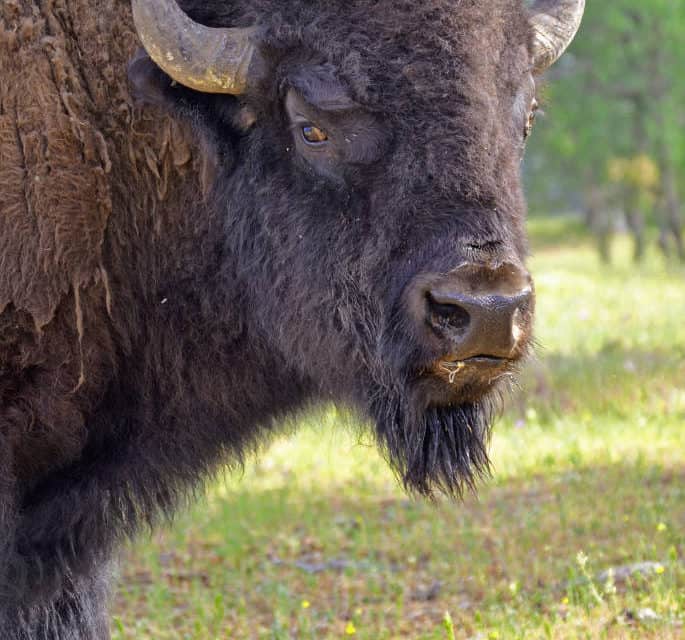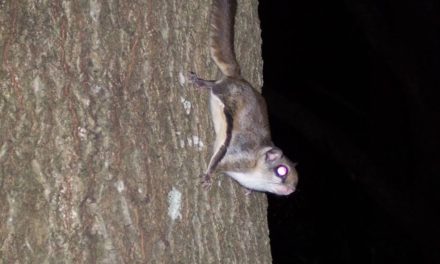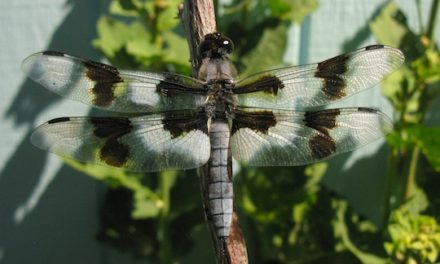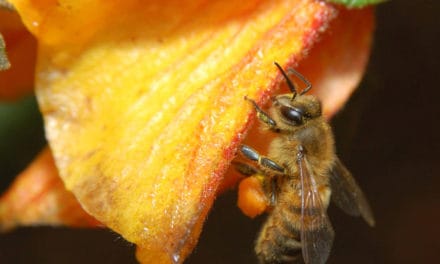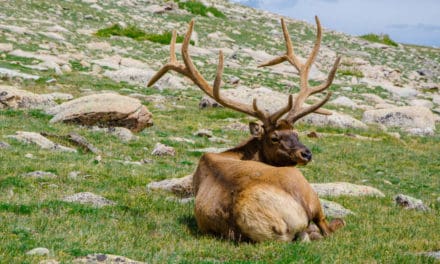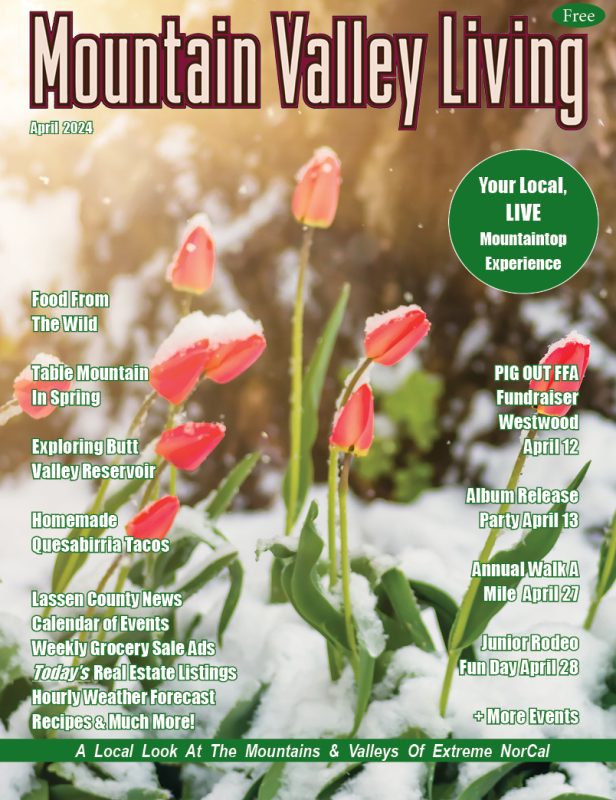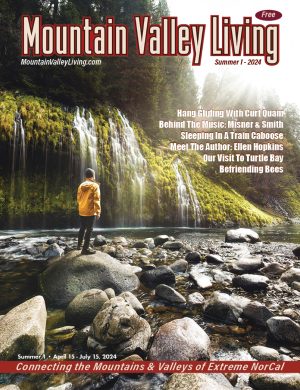By Melissa Wynn
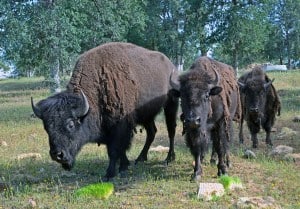
Few animals are as regal to behold as the great American Bison, also commonly referred to as the buffalo. Standing five to six and a half feet tall at the shoulder and weighing in at up to a ton leaves these fuzzy boulders with legs unrivaled in size and power. This largest of all land mammal once wandered the Great Plains and much of North America in herds numbering in the millions. It must have been truly amazing to have lived in that age when these bovine beasts carpeted the meadows for as far as the eye could see.
American Bison were the most important food supply for many Native American tribes. They built schedules and traditions around the migration patterns of this awesome beast. The mountains of meat from a single bison could feed many people through the harsh winter months. The giant hides provided the early Native Americans with blankets of thick brown fur and leather for building tee-pees. The bones were crafted into tools, jewelry, beads and other works of art. Nothing went to waste; even the tendons were crafted into thread for sewing clothes and moccasins. This way of life worked for both bison and Native Americans for hundreds of years.
During the 19th century however the mountainous American Bison was nearly wiped from the earth. Invading settlers hunted them to near extinction leaving just a few hundred in the wild. Today, thanks to several federally protected reserves and ranching for profit, numbers of the shaggy American Bison are constantly on the rise.
Just like cattle, female buffalo are cows and their much larger male counterparts are called bulls. Both sexes sport a pair of horns curving upward from the sides of their massive heads, but only the males grow large shoulder humps that give them more bulk for fighting. Bison cows and bulls live separately in the wild except during the summertime mating season when they all come together. During these high tension meetings, males fight for breeding rights in head ramming battles that usually end with the weaker giving up, rarely ending in injury or death. Cows give birth to a single lighter brown wobbly calf after a nine month pregnancy. All American Bison are dark brown in color during adulthood and have much thicker fur from just behind the front legs forward. This carpet like cape gives extra insulation to the vital organs and bearded face in the cold winter months when they use their huge, powerful heads to plow through the snow in search of bits of grass and other vegetation that make up their herbivorous diet. The shorter hair on the hind quarters is lighter brown and not nearly as shaggy and dense.
Although American Bison amble along grazing at a very slow pace all day, they have strong muscular legs and are capable of out running humans and jumping barbwire fences, a true force to be reckoned with. Buffalo have killed or injured four times as many visitors to Yellowstone Park as have bears. A short fur tipped tail sticking straight up is a sign of bison aggression and often means they are preparing to charge. Observing buffalo from a safe distance is easy due to their size, and that is the safest and sanest way to do so.
Facts courtesy of
nationalgeographic.com and
animal.discovery.com

